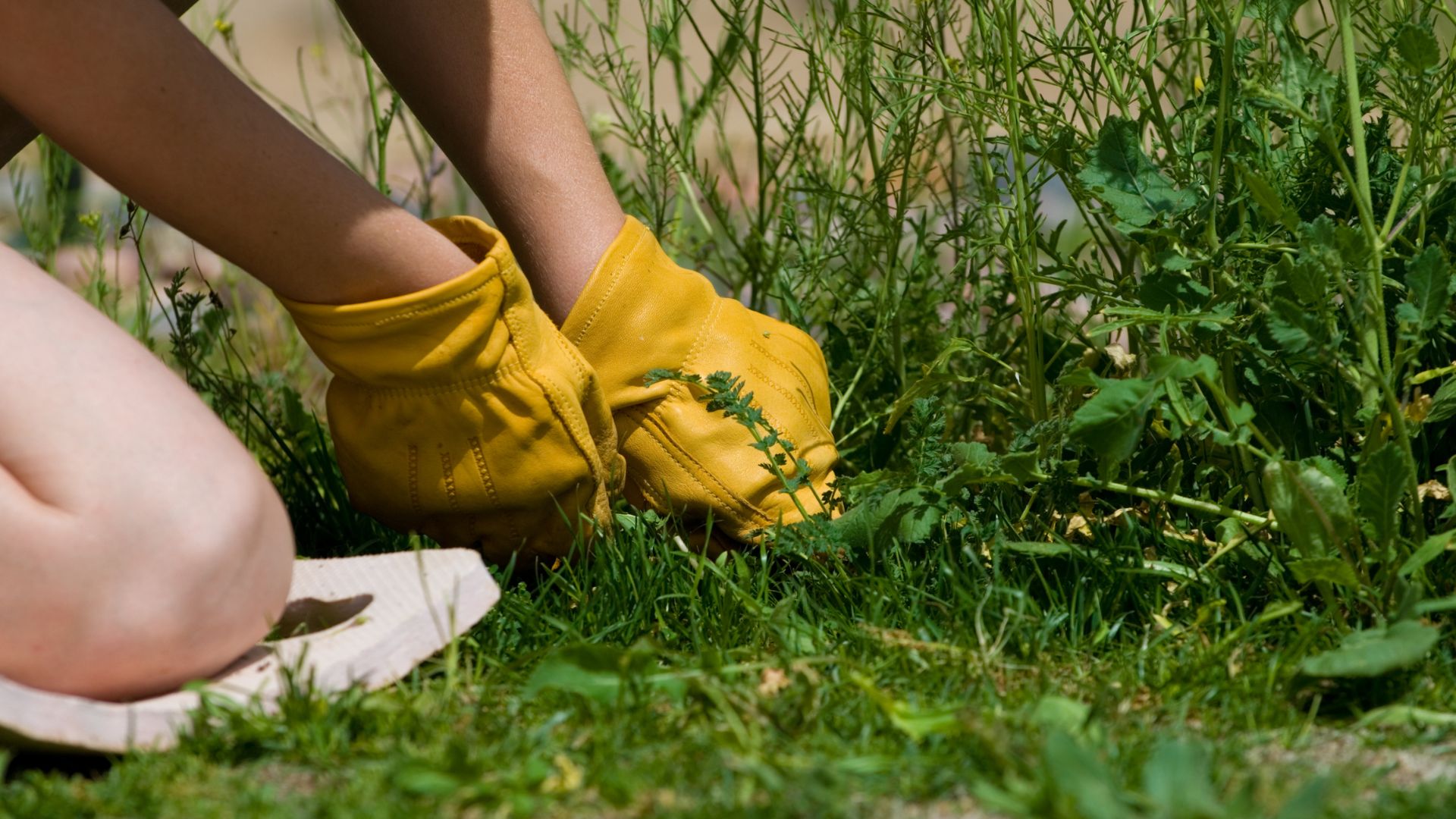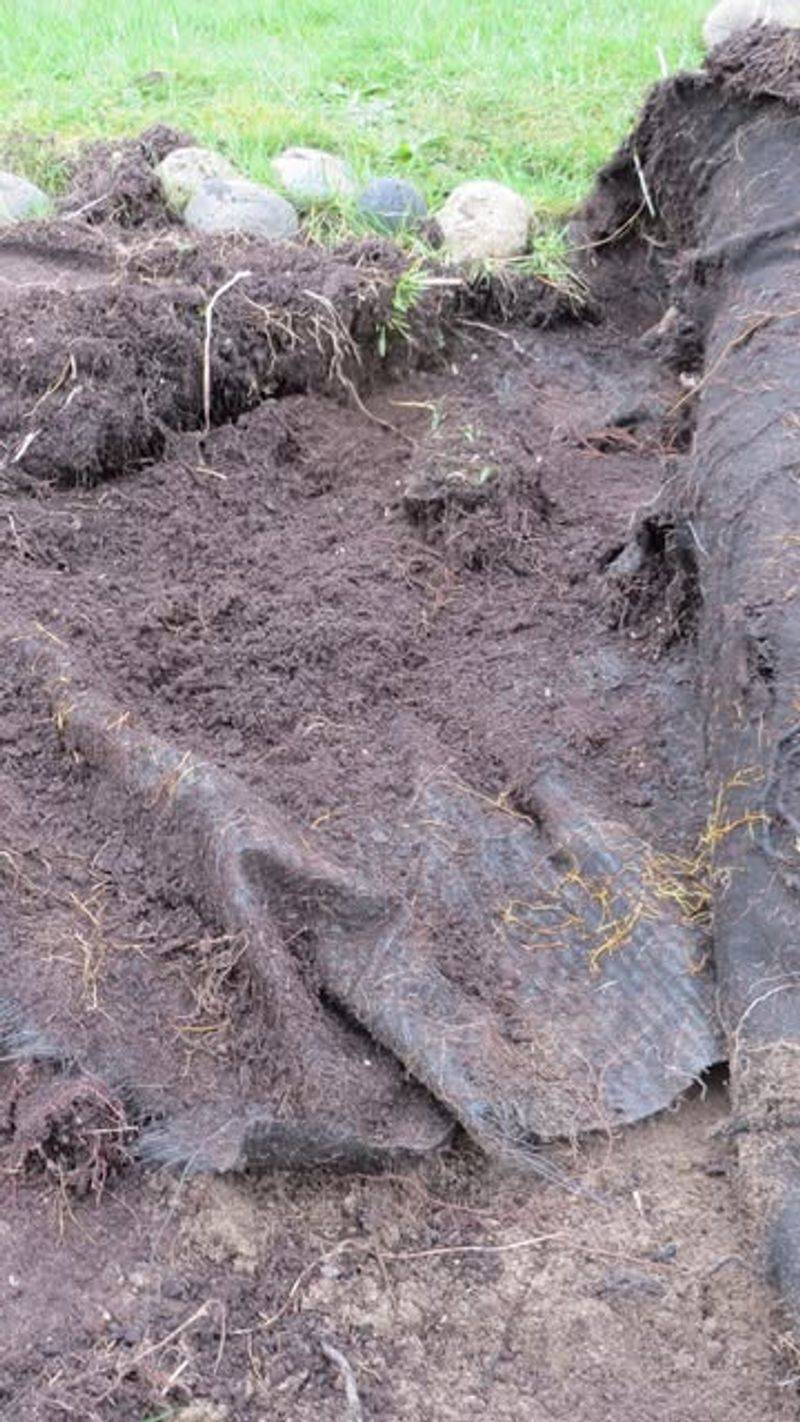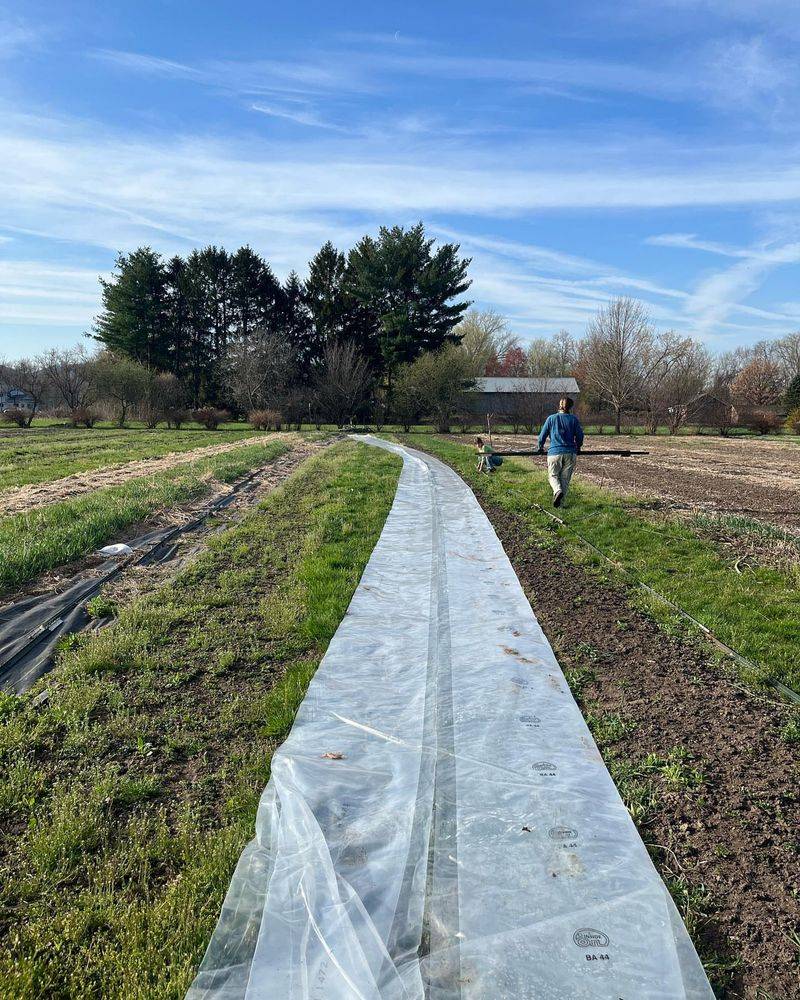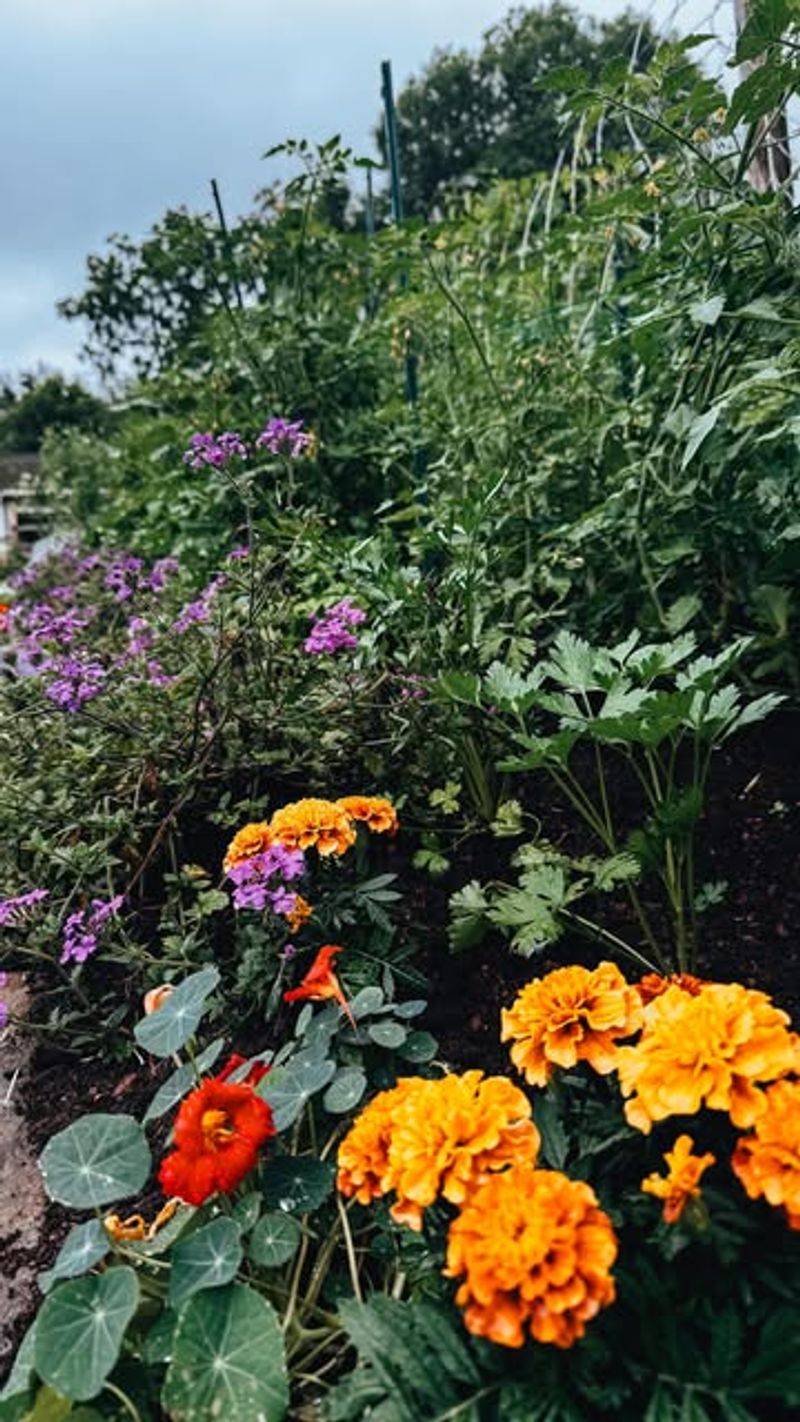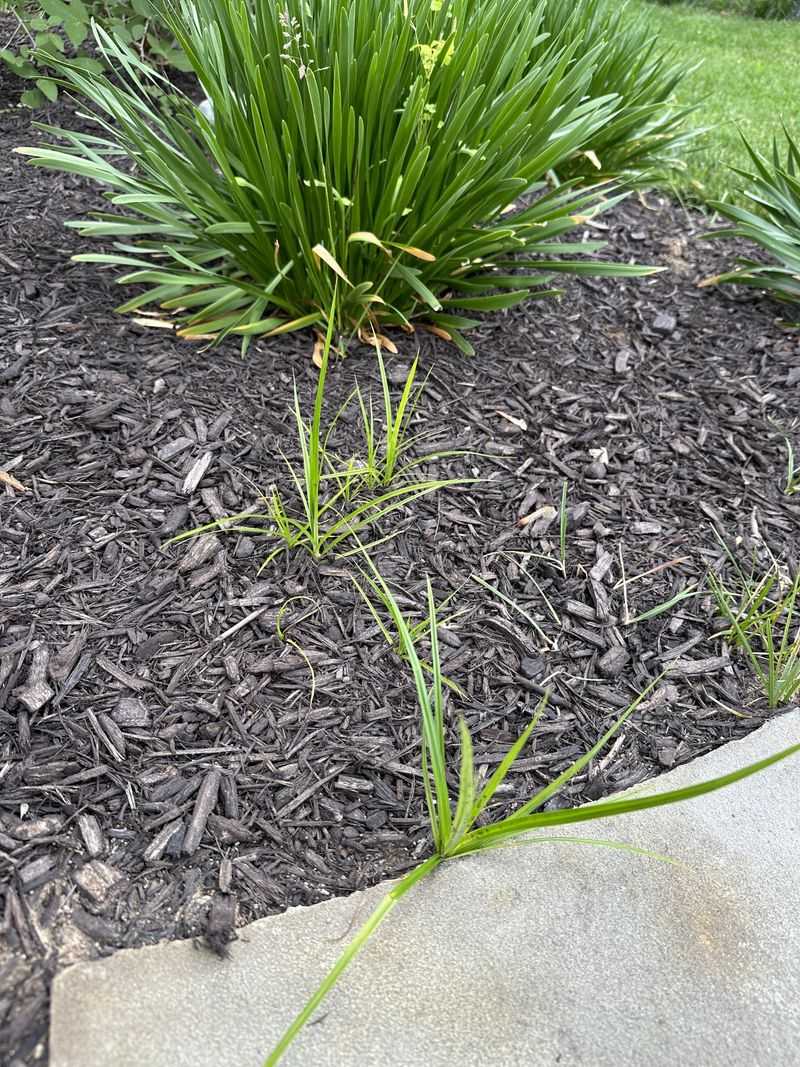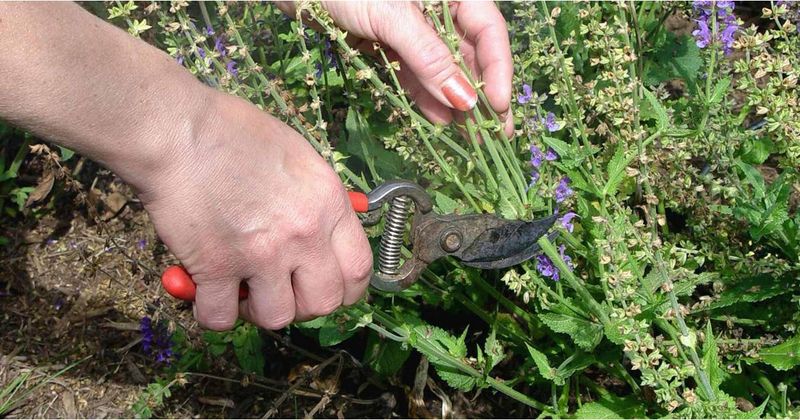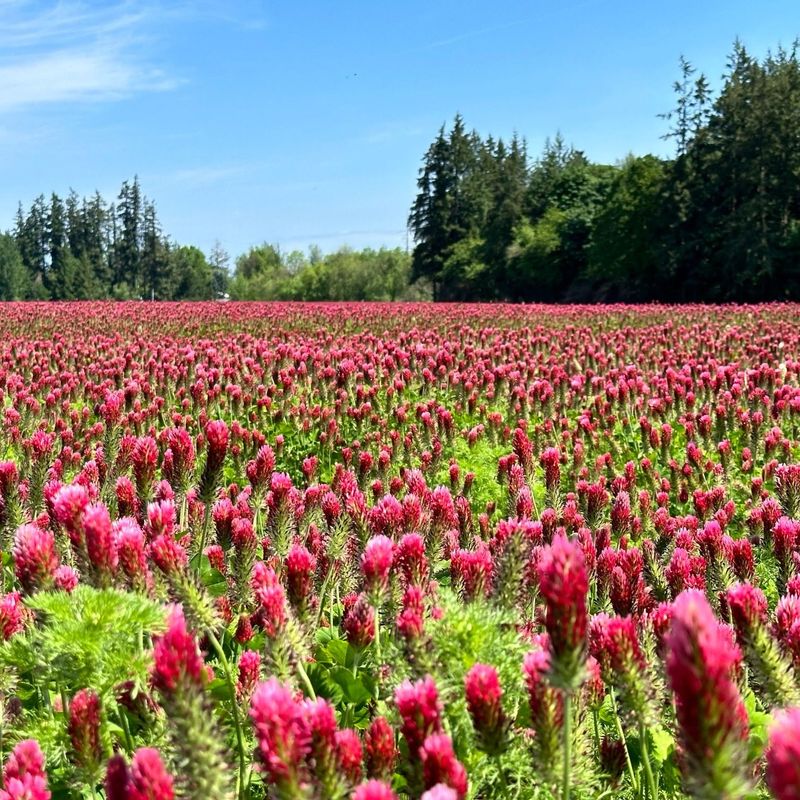Weeds have a sneaky way of showing up just when your garden starts looking its best. One minute you’re admiring your blooming tomatoes, and the next, you’re yanking out crabgrass that wasn’t there yesterday.
Left unchecked, these invaders can rob your plants of water, nutrients, and even sunlight. Beyond just making everything look untidy, weeds can seriously mess with your garden’s health. I’ve learned (sometimes the hard way) that ignoring even a few can quickly turn into an all-out takeover.
But the good news? You’re not powerless against them. With a mix of smart planting, regular upkeep, and maybe a little mulch magic, it’s totally possible to stay ahead of the weeds. A few minutes here and there can save you hours down the road—and keep your garden looking and growing its best.
1. Mulch Like You Mean It
A thick layer of mulch blocks sunlight from reaching weed seeds, preventing them from sprouting in the first place. Apply 2-3 inches around your plants, making sure to leave some space around stems to prevent rot.
Organic mulches like wood chips or straw break down over time, improving your soil while they work. They create a natural barrier that makes it harder for airborne weed seeds to reach soil and germinate.
I used to skimp on mulch thickness and always regretted it by midsummer. Now I refresh my mulch layers every spring, and my weeding time has been cut in half.
2. Harness The Power Of Vinegar
Regular household vinegar can be your secret weapon against young weeds. Mix white vinegar with a tablespoon of dish soap in a spray bottle and apply directly to unwanted plants on a sunny day for maximum effectiveness.
The acetic acid in vinegar burns weed foliage on contact, while the soap helps it stick. This solution works best on young weeds and may require multiple applications for stubborn perennial varieties.
Be careful when spraying near plants you want to keep – vinegar doesn’t discriminate between weeds and flowers. I always use a cardboard shield when applying near my prized perennials.
3. Create Weed Barriers With Landscape Fabric
Professional-grade landscape fabric creates a physical barrier that blocks weeds while allowing water and nutrients to reach your plants. Cut small X-shaped holes only where you want your plants to grow.
Secure the fabric with landscape pins, especially along the edges where weeds love to sneak in. Cover with a thin layer of mulch to improve appearance and provide additional protection.
After trying the cheap stuff that fell apart in one season, I invested in quality landscape fabric five years ago. It’s still going strong in my vegetable beds and has saved me countless hours of weeding.
4. Boiling Water Treatment
Your kettle can become a powerful weed-killing tool, especially for weeds growing in cracks or pathways. Simply boil water and carefully pour it directly onto unwanted plants to instantly kill them down to the roots.
This method works especially well for weeds growing in sidewalk cracks, gravel areas, and along garden borders. The scalding water penetrates the soil and kills both the visible plant and its root system.
The first time I tried this on my brick pathway, I was amazed at how quickly the weeds withered away. For stubborn perennials like dandelions, a second treatment a week later usually finishes the job completely.
5. Hand-Pulling After Rain
Timing your weeding sessions right after a good rain makes the job significantly easier. Wet soil loosens its grip on root systems, allowing you to pull entire weeds out without leaving fragments behind.
Use a hand fork or weeding tool to gently lift perennial weeds from below, ensuring you get the entire root. For tap-rooted weeds like dandelions, removing the entire root is crucial to prevent regrowth.
The satisfaction of pulling a whole dandelion root cleanly from the soil never gets old. My favorite weeding time is early morning after a night rain—the garden is peaceful, the temperature is cool, and the weeds surrender without a fight.
6. Corn Gluten Meal As Pre-Emergent
Sprinkle corn gluten meal across your garden beds in early spring before weed seeds germinate. This natural byproduct of corn processing prevents weed seeds from developing roots while adding nitrogen to your soil.
Apply at a rate of 20 pounds per 1,000 square feet for best results. The timing is crucial—too early or too late will reduce effectiveness against seasonal weeds.
My neighbor thought I was crazy spreading what looked like cornmeal all over my garden. Two months later, he was asking for my “secret” when he saw how few weeds I had compared to his overrun beds.
7. Solarize Problematic Areas
Clear plastic sheeting can cook weeds to death using the sun’s heat. In summer, mow the area low, water thoroughly, then cover with clear plastic sheeting secured tightly at the edges for 4-6 weeks.
The trapped heat creates temperatures high enough to kill weed seeds, roots, and even some soil pathogens. This method works particularly well for preparing new garden beds or rehabilitating severely infested areas.
When I converted my lawn into a vegetable garden, solarization saved me from weeks of digging. The plastic looked strange to neighbors for a month, but starting with nearly weed-free soil made the temporary eyesore worthwhile.
8. Dense Planting Strategies
Close-together planting creates living shade that deprives weeds of the sunlight they need to thrive. Plan your garden with proper spacing that allows plants to grow just close enough to shade the soil without competing with each other.
Ground covers and spreading plants are particularly effective at creating weed-suppressing canopies. Low-growing herbs like thyme and oregano not only provide culinary benefits but also form dense mats that crowd out weeds.
The cottage garden approach of letting plants grow together has saved me hours of weeding. My flower beds with densely planted perennials have far fewer weeds than areas where plants stand in orderly, widely-spaced rows.
9. Newspaper Or Cardboard Layering
Recycle your newspapers and cardboard boxes into effective weed barriers. Lay several layers of newspaper or a single layer of cardboard directly on the ground, overlapping edges by at least 6 inches to prevent weeds from finding gaps.
Wet the paper thoroughly before covering with several inches of mulch. This biodegradable barrier blocks light from reaching weed seeds while eventually breaking down to improve soil structure.
The first time I tried this method under my raspberry bushes, I was skeptical it would last. Three years later, I’m still enjoying nearly weed-free berry patches while my newspaper has transformed into rich soil.
10. Regular Edge Maintenance
Garden borders are prime real estate for invasive weeds. Creating a clean, physical barrier like a deeply dug edge or installing edging material prevents lawn grasses and creeping weeds from infiltrating your beds.
Maintain these borders by regularly trimming any plants that try to cross the boundary. A quick pass with an edging tool every few weeks creates a gap that most weeds can’t easily bridge.
After years of battling bermuda grass invading my flower beds, I finally installed metal edging buried 6 inches deep. That simple afternoon project has saved me countless hours of trying to remove grass rhizomes from among my perennials.
11. Salt For Gravel And Pathways
Common table salt can effectively kill weeds in places where you don’t want anything to grow, like gravel driveways or between paving stones. Mix 1 part salt with 3 parts water and apply directly to unwanted plants.
This solution works by disrupting the water balance in plant cells. Never use salt near plants you want to keep or in garden beds, as it can damage soil quality for years.
The first time I sprinkled dry salt on the weeds growing between my patio stones, I was amazed at how quickly they withered. Just be careful—I once accidentally spilled some near my hosta bed and created a dead zone that took two seasons to recover.
12. Weed When They’re Seedlings
Tackling weeds when they’re tiny requires much less effort than battling established plants. Make a habit of quickly scanning your garden every few days, removing weed seedlings before they develop strong root systems.
Young weeds can often be removed with just a light scraping of the soil surface. This prevents them from establishing deep roots that make removal more difficult.
I keep a small hand tool by the door and grab it whenever I’m heading to the garden. Even five minutes of casual weeding while I’m checking on plants has made a huge difference in keeping my beds weed-free compared to marathon weeding sessions.
13. Flameweeders For Quick Strikes
Propane-powered flame weeders provide instant gratification in the battle against weeds. These tools don’t actually burn weeds to ash but instead cause their cell walls to burst from the heat, killing them within hours.
They work especially well on gravel driveways, between pavers, and along fence lines. A quick pass over young weeds disrupts their growth without disturbing the soil or bringing new weed seeds to the surface.
My flame weeder feels like a lightsaber against the dark side of gardening. Just be cautious during dry seasons—I always keep a hose nearby and never use it near flammable materials or during burn bans.
14. Pour Baking Soda In Cracks
Baking soda creates an inhospitable environment for weeds growing in sidewalk cracks and patio seams. Simply pour it generously into cracks where weeds appear, then wet it lightly to activate its weed-suppressing properties.
The high sodium content disrupts the plant’s internal water balance. This method works best in hot, sunny weather when plants are already stressed and more vulnerable to damage.
After trying numerous commercial products on the stubborn weeds in my driveway cracks, plain baking soda from my kitchen proved more effective than solutions costing ten times as much. Now I keep a dedicated shaker can for garden use.
15. Continuous Deadheading
Preventing weeds from setting seed dramatically reduces future weed problems. Cut or pinch off flower heads from weeds before they can produce and disperse seeds, even if you don’t have time to remove the entire plant.
A single dandelion can produce over 2,000 seeds, while a pigweed plant might release 100,000 or more. Removing these seed heads breaks the reproductive cycle and reduces next year’s weed population.
I learned this lesson the hard way after ignoring a few flowering chickweed plants. The following spring, I had thousands of seedlings to deal with. Now I carry small scissors during garden walks specifically for quickly snipping any weed flowers I spot.
16. Sheet Composting With Leaves
Fall leaves can become your ally in weed prevention. Collect deciduous tree leaves and spread them 4-6 inches thick over garden beds in late fall, creating a natural weed barrier that also adds organic matter to your soil.
As these leaves break down over winter and spring, they smother existing weeds while improving soil structure. Shredded leaves work even better as they create a more uniform barrier and decompose more quickly.
My neighbors used to bag up all their autumn leaves for collection. Now several bring them to me instead—their “waste” has become my garden gold that suppresses weeds and feeds my soil simultaneously.
17. Plant Cover Crops in Off-Seasons
Don’t leave soil bare during off-seasons. Plant fast-growing cover crops like clover, buckwheat, or winter rye to occupy the space where weeds would otherwise flourish, while also improving soil health.
These plants compete with weeds for light, water, and nutrients. When it’s time to plant again, simply cut them down and turn them into the soil, adding valuable organic matter and nutrients.
The first time I planted crimson clover in my empty vegetable beds for winter, I was amazed at how few weeds appeared the following spring. As a bonus, the beautiful red flowers attracted beneficial insects before I turned the plants under.

